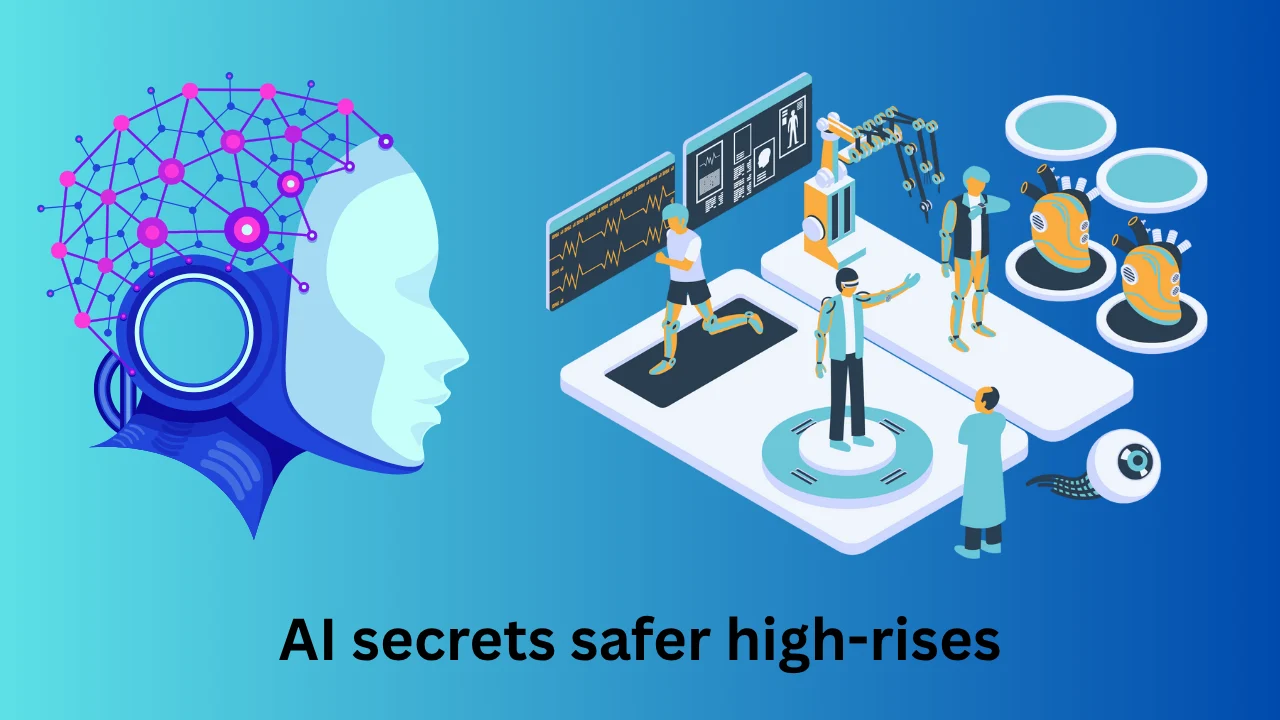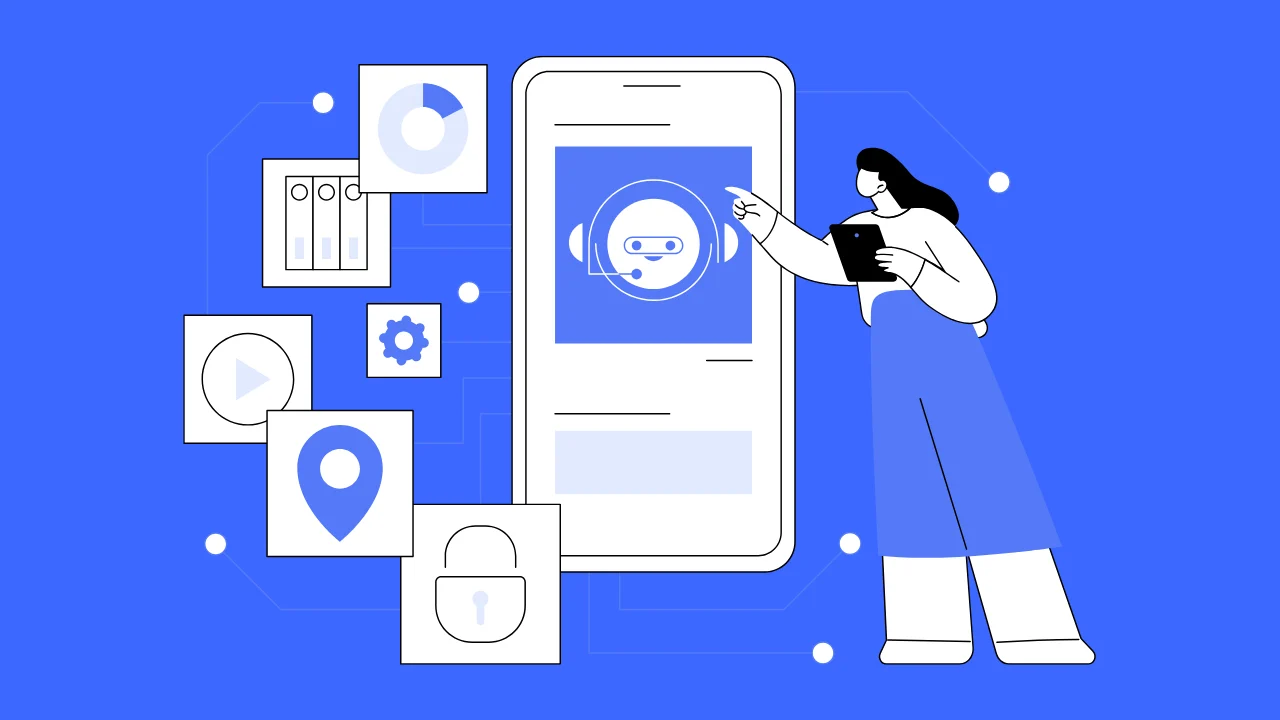The education sector is swiftly evolving, especially in special needs education, driven by the edtech revolution. At its core, artificial intelligence (AI) is set to redefine how students with diverse needs learn, overcome barriers, and achieve full potential. This guide offers straightforward insights into the AI in special education essentials for educators, parents, and policymakers.
AI’s Core Purpose: Personalizing Learning
AI in special education fundamentally aims for highly personalized learning, moving away from rigid, one-size-fits-all methods. For students with unique learning styles or disabilities, AI creates adaptive environments. It’s an intelligent system that learns with the student, adjusting content, pace, and teaching methods instantly. The goal is a tailored educational journey for each learner.
“AI’s true power in education isn’t mere automation; it’s about unlocking human potential by providing tailored pathways previously unimaginable.” – Dr. Anya Sharma, Educational Technologist.
How AI Works: A Step-by-Step Operational Overview
Understanding how artificial intelligence functions in special needs education is crucial. AI systems operate through a series of steps to deliver personalized support:
- Step 1: Data Collection & Analysis: AI systems meticulously gather and analyze vast amounts of student data. This includes academic performance, engagement levels, learning patterns, and even biometric indicators like eye movement or voice patterns.
- Step 2: Pattern Recognition & Assessment: Algorithms identify individual strengths, weaknesses, and unique learning styles from the collected data. They pinpoint areas where a student excels or struggles, offering a detailed assessment of their current understanding.
- Step 3: Adaptive Content Delivery: Based on the assessment, the AI dynamically adjusts educational content, its difficulty, and the method of presentation. This means providing remedial exercises, introducing advanced topics, or switching between visual, auditory, or interactive formats.
- Step 4: Real-time Feedback & Iteration: The system provides immediate, objective feedback to the student on their performance. It continuously monitors progress and re-evaluates the student’s needs, iterating the learning path as necessary to ensure optimal engagement and progress.
- Step 5: Predictive Insights: AI can analyze trends to predict potential learning obstacles or behavioral challenges before they fully manifest. This proactive insight allows educators to intervene early, offering targeted support.
The Benefits: Pros of AI in Special Education
Integrating AI in special education essentials offers significant advantages for students and educators alike.
- Hyper-Personalisation: AI crafts individualized learning plans (ILPs) that evolve with the student, aligning content and support with their unique needs and pace. You can learn more about how AI personalizes learning in this detailed guide on combining AI and special education.
- Enhanced Accessibility: AI breaks down barriers. It converts text to audio for visually impaired learners and provides captions for those with hearing impairments, making education accessible to all.
- Increased Engagement: Interactive AI tools, gamified learning, and VR simulations make learning dynamic and motivating, leading to better retention.
- Early Intervention: Predictive analytics helps educators spot learning difficulties early, allowing for timely, targeted support crucial for long-term improvement.
- Communication Empowerment: For students with communication challenges, AI-powered aids provide a vital voice, fostering self-expression and social interaction. Organizations like the Assistive Technology Industry Association (ATIA) provide resources on such tools.
- Teacher Efficiency: AI automates tasks like grading and data collection, freeing teachers to focus on direct instruction and student engagement.
- Objective Assessment: AI provides immediate, unbiased feedback and adaptive assessments, offering accurate evaluations and accelerating learning.

“The beauty of AI in special education is its capacity to meet each child where they are, offering a bespoke educational journey that celebrates their uniqueness.” – Dr. Evelyn Okoro, Special Education Advocate.
Navigating Challenges: Hurdles in AI Implementation
While promising, widespread AI adoption in special needs education faces significant challenges. Addressing these is crucial for ethical and successful implementation.
- Data Privacy & Security: AI requires sensitive student data. Robust cybersecurity and strict adherence to privacy regulations are critical. You can explore more on AI and data privacy in schools.
- Algorithmic Bias: AI algorithms can perpetuate biases from training data, potentially leading to unfair outcomes. Continuous auditing and ethical design are essential for equity.
- Cost & Infrastructure: Implementing AI often demands substantial investment in hardware, software, and internet, posing a barrier for budget-constrained schools and potentially worsening the digital divide.
- Teacher Training: Educators need comprehensive training not just on how to use AI tools, but how to integrate them effectively into teaching. Without this, tools may be underutilized.
- Over-reliance & Dehumanisation: Excessive reliance on AI risks diminishing human connection. AI should augment teachers, not replace the essential human interaction vital for student development.
- Lack of Standardisation: Rapid AI evolution means a lack of standardized metrics for effectiveness. More rigorous research is needed to build a strong evidence base for AI interventions.

“The true test of AI in special education lies not just in its technological prowess, but in our collective commitment to ethical deployment and ensuring no child is left behind due to access or bias.” – Professor David Chen, AI Ethics Researcher.
Tools in Focus: Comparing AI Solutions for Special Education
Several AI-powered tools are making significant strides in special education essentials, each offering unique capabilities to support diverse learning needs. Below is a comparative review of some prominent examples:
| Tool/Technology Category | Key Features & How it helps in Special Education Essentials | Review/Application Notes |
| Adaptive Learning Platforms | Dynamically adjusts curriculum and pace; identifies learning gaps. Aids in hyper-personalization, allowing students to learn at their optimal speed and reinforcing difficult concepts. Some examples include MentalUP and systems highlighted by Didask. | Essential for individualized learning paths, particularly in subjects like math and reading. Provides data-driven insights for educators. Platforms like Knewton Alta are noted for higher education. |
| Speech-to-Text/Text-to-Speech Software | Converts spoken words to text and vice versa; supports literacy and communication. Enhances accessibility for students with motor difficulties (typing) or visual impairments (reading). Aids communication for non-verbal learners. | Crucial for students with dyslexia, dysgraphia, or speech impediments. Tools like Google Voice Typing or Microsoft’s Dictate feature are common examples. |
| Augmentative & Alternative Communication (AAC) Devices | AI-powered devices for non-verbal communication, often using predictive text and voice synthesis. Empowers students to express thoughts, participate in class, and engage socially. The Royal College of Speech and Language Therapists (RCSLT) provides an overview of AAC. | Highly beneficial for students with autism, cerebral palsy, or other complex communication needs. Continuous AI advancements make them more intuitive, as explored by organizations like Communication Matters. |
| AI-Powered Social Robots | Provides interactive scenarios for practicing social skills, emotion recognition, and behavioral responses. Offers a safe, controlled environment for students with social anxieties or autism to learn and rehearse interactions. | Useful for developing social competencies in a non-judgmental setting. Can supplement human therapy and social skill groups. |
| Predictive Analytics Software | Analyzes academic and behavioral data to forecast potential challenges or risks. Enables early intervention strategies, allowing educators to address issues proactively before they escalate. | Invaluable for identifying students at risk of falling behind or exhibiting challenging behaviors. Supports timely and targeted support planning. Research from sources like MDPI often discusses the impact of AI in this area. |
| AI Assistants for Teachers | Streamline workflows, generate lesson plans, create educational materials, and provide curated resources. Examples include Magic School AI and Education CoPilot. | Aids teachers in managing complex planning processes and collaborating on lesson development, ultimately saving time. Can also help track student progress with data-driven insights. |
The EdTech Revolution: AI’s Broader Context
Artificial intelligence in special education is part of a wider edtech revolution, bringing diverse technologies to create more inclusive learning environments.
- Virtual & Augmented Reality (VR/AR): These immersive technologies allow students to practice social skills or explore concepts in safe, simulated environments, like practicing a job interview. Insights into these trends can be found in articles like The Next-Gen EdTech Trends that Will Change Education in 2025.
- Gamification: Applying game elements to learning makes it engaging and motivating, transforming lessons into rewarding quests for students who struggle with traditional methods.
- Cloud-Based LMS: Platforms centralize resources, assignments, and communication, ensuring seamless collaboration among students, educators, and parents, especially vital for managing Individualized Education Programs (IEPs).
- Assistive Technologies (AT) Evolution: AI is advancing AT, making devices like smart prosthetics and eye-gaze control systems more intuitive and effective, granting greater independence. The ISTE blog often covers how technology improves learning in special education.
Practical Steps for AI Implementation
For educators integrating AI in special education essentials, a strategic, step-by-step approach is vital.
- Assess Needs: Identify specific student challenges AI can address, involving input from students, parents, and specialists.
- Pilot Programs: Research AI tools and start small pilot programs to test suitability before wide adoption.
- Train Teachers: Invest heavily in professional development, ensuring teachers know how to use and integrate AI pedagogically.
- Ensure Data Privacy: Establish robust data policies, ensure compliance, and clearly communicate practices to all stakeholders.
- Foster Collaboration: Encourage cooperation among special education teachers, general staff, IT, and parents for well-integrated solutions.
- Monitor & Evaluate: Continuously track effectiveness, collecting data and feedback to adapt tools as needed.
- Advocate for Resources: Lobby for adequate funding for AI implementation, infrastructure, and ongoing maintenance.
Overcoming the Cons: Mitigating the Downsides of AI
Recognizing and actively mitigating AI’s potential downsides is crucial for responsible implementation in special education.
- “Black Box” Problem: Some AI’s decision-making is opaque. Prioritize AI tools with explainable AI (XAI) features and maintain human oversight in all critical decisions.
- Human Connection: AI should augment, not replace, human interaction. Educators must ensure AI facilitates, but does not dominate, essential teacher-student and peer relationships.
- Digital Divide: High costs can limit access. Policymakers must invest in equitable access and connectivity, especially in underserved communities.
- Data Quality: Flawed training data leads to flawed AI output. Strict data validation, diverse data sources, and continuous auditing are crucial for reliable AI.
- Screen Time: Increased digital reliance raises concerns about screen time. Educators and parents must balance AI learning with offline activities for holistic development.
Looking Ahead: The Future of AI in Special Education
The journey of artificial intelligence in special needs education is rapidly progressing. We expect seamless, integrated AI applications that truly understand and adapt to each learner’s unique needs. Future advancements include emotional AI for gauging student engagement and more sophisticated predictive models for early intervention.
The future also demands ethical AI development, with transparency, accountability, and equity embedded in every algorithm. As the edtech revolution continues, the synergy between human educators and intelligent machines will define a new era of inclusive education, ensuring every child, regardless of unique needs, has the unparalleled opportunity to thrive. The possibilities are vast, and the positive impact will be immeasurable.
How does AI personalize learning for students with special needs?
AI personalizes learning by analyzing individual student data (learning styles, progress, difficulties), then dynamically adapting content, pace, and teaching methods in real-time to create a customized experience that caters to each student’s unique needs for optimal support.
What are some practical examples of AI tools used in special education?
Practical examples include adaptive learning platforms (adjusting academic levels), speech-to-text/text-to-speech software, AI-powered communication devices for non-verbal students, and interactive social robots for behavioral therapy and social skill development.
Can AI replace special education teachers?
No, AI cannot replace special education teachers. AI tools assist educators by automating tasks and providing insights. The human elements of empathy, emotional support, and nuanced instructional judgment remain exclusively within the domain of dedicated human teachers.
What are the primary ethical considerations when implementing AI in special education?
Key ethical concerns include safeguarding student data privacy and security, addressing potential algorithmic bias leading to inequitable outcomes, managing high implementation costs, and ensuring technology does not diminish essential human interaction and the teacher-student relationship.
How does artificial intelligence contribute to early intervention for learning difficulties?
AI contributes to early intervention through predictive analytics. It analyzes student performance and behavior data to identify subtle patterns indicating learning difficulties or developmental delays early, allowing educators to implement timely, proactive, and targeted support strategies.
Is AI in special education universally accessible to all schools and students at present?
Currently, universal accessibility is a challenge due to the cost of AI tools and the need for robust technological infrastructure. While efforts aim to broaden availability, equitable access, particularly in underserved communities, remains a critical area requiring sustained development and strategic investment.






